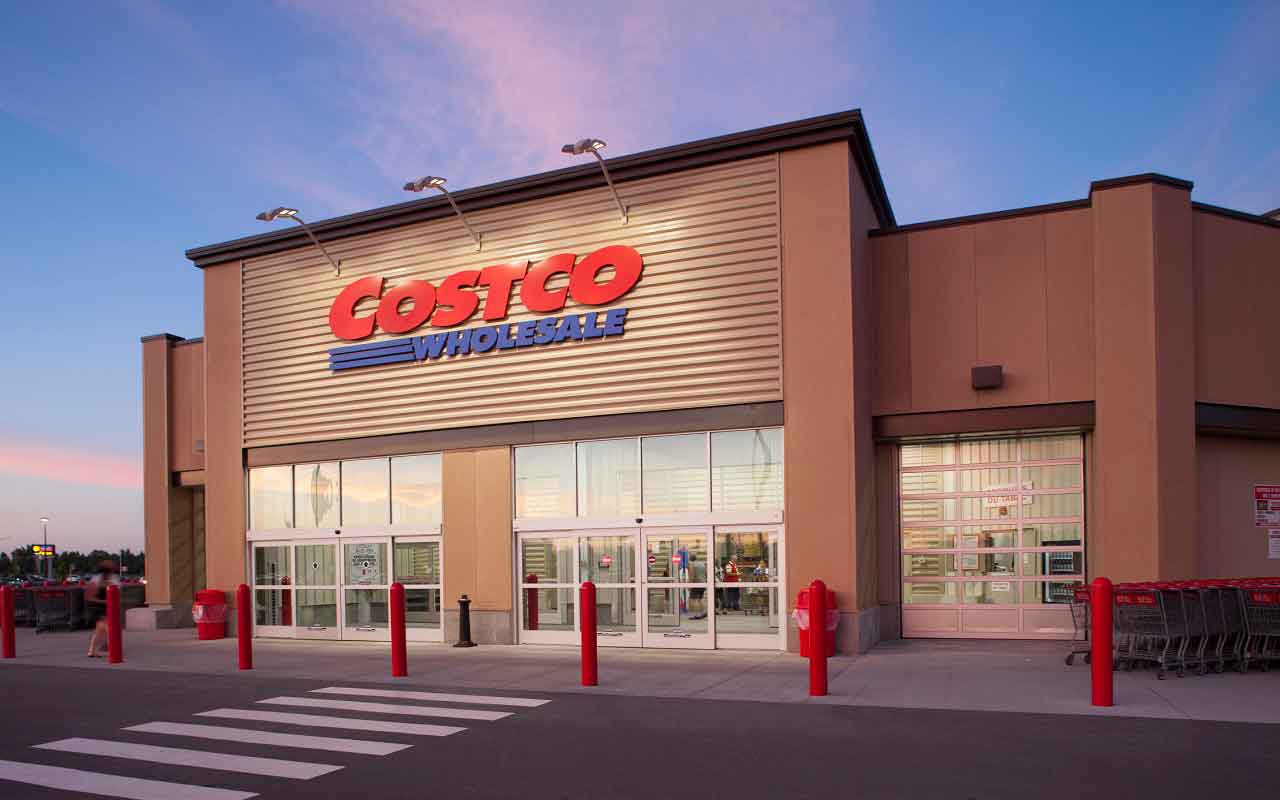Three Funds to Dump Now
When deciding to hold or fold, look past recent returns. Here's a trio that doesn't have what it takes for the next ten years.

The basic idea behind investing is to buy low and sell high. Yet investors' emotions sometimes cause them to sell low and buy high. That is, they read too much into recent performanceand are inclined to put more into funds that have risen the most and cut those that seemed to stumble. Unfortunately, markets don't always conform with our knee-jerk emotions. Short-term performance isn't useful information because the market tends to rotate away from hot sectors, correct overpriced stocks and punish unwise risks.
To make the right decision, look past recent returns and examine a fund's fundamentals to see if it has what it takes for the next ten years. With that in mind, I suggest three funds to cut loose. All of them are facing challenges. Two have had great five-year streaks. The third is still struggling.
Exhausted sprinter
US Global Accolade Eastern European fund (symbol EUROX) has been on quite a tear -- if you own it, pat yourself on the back and get out. Otherwise, you're confusing luck with skill. Its five-year annualized return is an amazing 43%. You don't really expect a repeat of that, do you? Eastern European markets have been powered by the spike in oil prices, but oil won't keep going up. Moreover, this fund is too expensive (its expense ratio is 1.98%). In addition to US Global Accolade's price risk, you are buying into tremendous individual stock risk: It has 8% of assets in Gazprom and 56% of assets in its top ten holdings.

Sign up for Kiplinger’s Free E-Newsletters
Profit and prosper with the best of expert advice on investing, taxes, retirement, personal finance and more - straight to your e-mail.
Profit and prosper with the best of expert advice - straight to your e-mail.
Hancock High Yield fund (JHHBX) isn't nearly as risky, but it still looks like a bad bet today. It deserves credit for making the most of the rally in junk bonds that began in late 2002. Today, the fund's trailing returns are among the very best in its category. However, it got there by taking on more risk than other junk-bond funds, in the form of lower-rated and unrated debt. Back when junk was considered junk, you might have been rewarded with four percentage points of added yield for investing in a low-quality bond. Then junk bonds rallied to the point where you barely got any compensation over high-quality bonds. Now things are starting to return to normal, and that means pain for High Yield. The subprime mess has spurred investors to dump junk bonds, and funds like this one are suddenly having a rough go of it.
To their credit, Hancock's managers have reduced their low-quality exposure, but the fund is still one of the lower-quality funds around.
American Century Ultra fund (TWCUX) is a horse of a different color. It invests in large U.S. growth stocks. I love the prospects for large, growing companies but lack faith that Ultra is the vehicle to get you there. American Century has been struggling to right this ship for years. It's had nine co-managers over the past ten years and some mighty weak performance to show for it. Running a momentum fund with more than $11 billion in assets is awfully difficult. In fact, assets peaked well north of $40 billion but have since shrunk because of poor performance.
New hands on board
I visited American Century recently, and I came away pleased with the game plan for its funds and for this fund in particular. American Century has a new president, a new chief investment officer and a new head of growth investing. In addition, Ultra itself has new managers. All of those folks are focused on turning the company's flagship fund around.
However, restructurings aren't such a good bet in the fund world. The stock of a restructuring company can yield big profits because it starts out with a big discount due to poor past results. But a fund trades at net asset value. Plus, turnarounds in investment management are tough to pull off. Just ask Putnam. So come back in a year or two and see whether Ultra's problems have been fixed.
Columnist Russel Kinnel is director of mutual fund research for Morningstar and editor of its monthly FundInvestor newsletter.
Get Kiplinger Today newsletter — free
Profit and prosper with the best of Kiplinger's advice on investing, taxes, retirement, personal finance and much more. Delivered daily. Enter your email in the box and click Sign Me Up.

-
 Should You Get Auto or Home Insurance Through Costco?
Should You Get Auto or Home Insurance Through Costco?Costco members can access discounted insurance through Connect by American Family — but is it really a better deal?
By Paige Cerulli Published
-
 Stock Market Today: Uncertainty Proliferates: Dow Loses 1,014 Points
Stock Market Today: Uncertainty Proliferates: Dow Loses 1,014 PointsWeaker-than-expected consumer inflation data wasn't enough to stabilize sentiment during another volatile day for financial markets.
By David Dittman Published
-
 Best Banks for High-Net-Worth Clients
Best Banks for High-Net-Worth Clientswealth management These banks welcome customers who keep high balances in deposit and investment accounts, showering them with fee breaks and access to financial-planning services.
By Lisa Gerstner Last updated
-
 Stock Market Holidays in 2025: NYSE, NASDAQ and Wall Street Holidays
Stock Market Holidays in 2025: NYSE, NASDAQ and Wall Street HolidaysMarkets When are the stock market holidays? Here, we look at which days the NYSE, Nasdaq and bond markets are off in 2025.
By Kyle Woodley Last updated
-
 Stock Market Trading Hours: What Time Is the Stock Market Open Today?
Stock Market Trading Hours: What Time Is the Stock Market Open Today?Markets When does the market open? While the stock market does have regular hours, trading doesn't necessarily stop when the major exchanges close.
By Michael DeSenne Last updated
-
 Bogleheads Stay the Course
Bogleheads Stay the CourseBears and market volatility don’t scare these die-hard Vanguard investors.
By Kim Clark Published
-
 The Current I-Bond Rate Until May Is Mildly Attractive. Here's Why.
The Current I-Bond Rate Until May Is Mildly Attractive. Here's Why.Investing for Income The current I-bond rate is active until November 2024 and presents an attractive value, if not as attractive as in the recent past.
By David Muhlbaum Last updated
-
 What Are I-Bonds? Inflation Made Them Popular. What Now?
What Are I-Bonds? Inflation Made Them Popular. What Now?savings bonds Inflation has made Series I savings bonds, known as I-bonds, enormously popular with risk-averse investors. So how do they work?
By Lisa Gerstner Last updated
-
 This New Sustainable ETF’s Pitch? Give Back Profits.
This New Sustainable ETF’s Pitch? Give Back Profits.investing Newday’s ETF partners with UNICEF and other groups.
By Ellen Kennedy Published
-
 As the Market Falls, New Retirees Need a Plan
As the Market Falls, New Retirees Need a Planretirement If you’re in the early stages of your retirement, you’re likely in a rough spot watching your portfolio shrink. We have some strategies to make the best of things.
By David Rodeck Published